Anecdotes and other notes from the U-M Special Collections Research Center.
Beyond the Reading Room
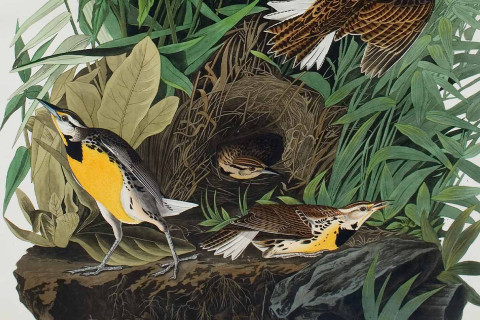
Posts in Beyond the Reading Room
Showing 251 - 260 of 392 items
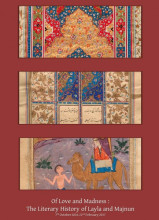
- Evyn Kropf
Don't miss "Of Love and Madness: The Literary History of Layla and Majnun," on display October 7th - February 22nd in the Papyrology Cases on the 7th floor of Hatcher! This exhibit features Persian and Turkish illuminated manuscripts from the Islamic Manuscripts Collection, a couple of Azerbaijani imprints from the general collections, and even a papyrus fragment!
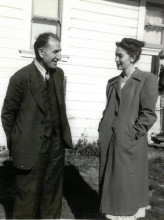
- Julie Herrada
As the only grandchild of Jo and Sophie Labadie, Carlotta Anderson was fascinated by her family's history. She wrote an authoritative biography of her grandfather, researched anarchism, labor unions and Detroit history before the auto industry, and preserved original family documents dating back to the nineteenth century. Anderson was a dear friend of the Labadie Collection and, shortly before her death she donated important papers that are now open for research.
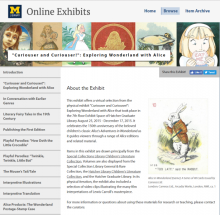
- Juli McLoone
The Special Collections Library is pleased to announce a new online exhibit: "Curiouser and Curiouser!": Exploring Wonderland with Alice. This exhibit features a selection of materials from the physical exhibit celebrating 150 years of Alice, which was on display in the 7th floor Exhibit Space of Hatcher Graduate Library, August 25, 2015 - December 17, 2015.
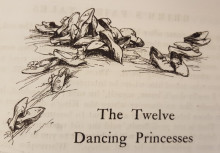
- Juli McLoone
Shoes (and dancing shoes in particular) return again and again as a central motif of fairy tales - from the glass slipper that declares Cinderella to be the Prince’s ballroom crush to the red hot iron slippers in which Snow White’s evil stepmother is forced to dance till she dies. However, perhaps no fairy tale contains quite so many shoes as “The Twelve Dancing Princesses.”
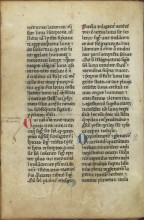
- Pablo Alvarez
Our featured book today is a fourteenth-century Latin manuscript of a medieval bestseller: the Secret of Secrets (Secretum secretorum). Wrongly attributed to Aristotle, and originally composed in Arabic in the eighth century, the content of this work has been gradually shaped, and changed, by scribes and translators throughout the centuries. From being conceived as a manual about kingship, it eventually became one of the most popular medical treatises in the Middle Ages.
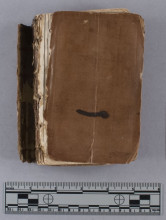
- Shannon Zachary
Guest post from Allison Donnelly, a 2016 U-M graduate and student intern at the library's conservation lab, describing her work on a recently acquired seventeenth-century Latin phrasebook!

- Karmen Hall Beecroft
In 1824, Mary Randolph poured a lifetime's worth of experience as manager of a grand estate into a single unassuming volume of recipes and household hints. Arguably America's first regional cookbook, The Virginia House-wife represents decades of changing fortunes and evolving palates for the Randolphs, and indeed the whole country, in the years immediately proceeding the Revolutionary War.
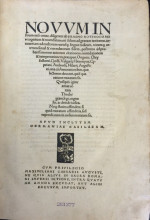
- Pablo Alvarez
Around 1511, the Dutch Catholic humanist, Erasmus of Rotterdam (1466-1536), began working on an edition and Latin translation of the Greek New Testament, for which he thoroughly compared the text of several Greek manuscripts with Jerome's fourth-century Latin translation of the Bible, the so-called Vulgate.
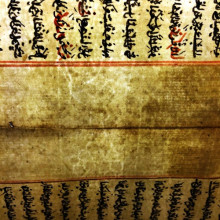
- Evyn Kropf
This Wednesday's watermark feature: grape motifs in watermarked papers from our Islamic Manuscripts Collection.
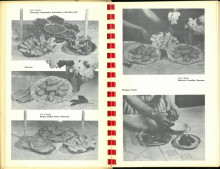
- Juli McLoone
The Janice Bluestein Longone Culinary Archive (JBLCA) at the University of Michigan Special Collections Library documents American culinary history, defined broadly to include both influences upon American foodways and the influence of American culinary practices elsewhere. The recent acquisition of a small cookbook collection formerly belonging to Colonel Karnig “Carl” Mahakian (1926-2015) contributes to JBLCA's strength in immigrant culinary traditions and charity cookbooks.